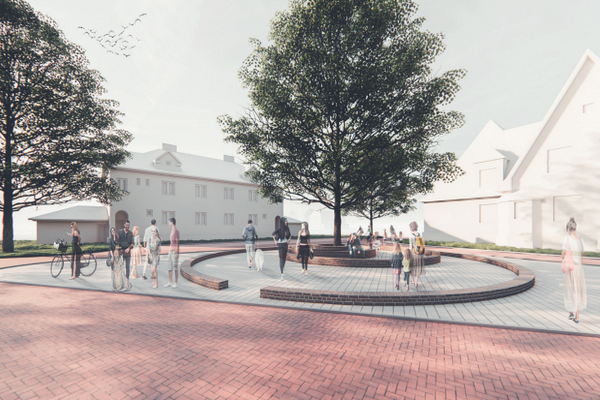1. Introduction to problem of soil mechanics. Soil like working area. Descriptive properties of soil (grain-size curve, volumetric and specific weight, moisture and degree of saturation). Soil classification system. Granulometric test.
2. Physico-chemical properties of soil (Atterberg limits (liquid limit, plastic limit, shrinkage), plasticity index, swelling, consistency. Type of water in soil, movement of water in pore and his influence on construction, Darcy law). Pore pressure, principle of effective stresses.
3. Strenght properties (elasticity modulus, Hooke´s law, compressibility, creep). Deformational properties (shear strenght, cohesion – mesurement, interpretation).
4. Survey of building site (stages, types). Methodology of limit states, geotechnical categories. Stress under foundation (origin, due to loads). Triaxial measurement of soils.
5. Shallow footings – pads, strip footings, foundation slabs, design of connection footing and upper construction, interaction foting vs. subsoil.
6. Design and check of shallow foundation – 1st limit state (bearing capacity), factors affect to bearing capacity.
7. Settlement of shallow foundation – 2nd limit state, failure of buildings, primary and secondary consolidation of soils (oedometric measurement, time of consolidation – Taylor, Cassagrande methods), degree and coefficient of consolidation (U, cv).
8. Foundation pits and their timbering. Braces sheeting, sheet-pile walls, pile walls, diaphragm walls – technology and utilization, static design. Foundation pit dewatering.
9. Lateral earth pressure of soils on construction (types of earth pressure – active, passive, at rest) by Rankine and Coulomb´s theory. Design of retaining wall (gravity wall, cantilever wall, masonry wall).
10. Deep foundations – basic element. Caissons, open cassions, piles (distibution (displacement, replacement), bored piles. Design of axial bored piles – limit bearing capacity, limit loading curve.
11. Improvement of subsoil (compaction, anchors, injection (classical injection – sealing, hardening, compesation, jet grouting) freezing. Foundation underpinning.
12. Foundation in special condition – undermining areas, unstable territory, embankment, dumping ground.
13. Case history.
2. Physico-chemical properties of soil (Atterberg limits (liquid limit, plastic limit, shrinkage), plasticity index, swelling, consistency. Type of water in soil, movement of water in pore and his influence on construction, Darcy law). Pore pressure, principle of effective stresses.
3. Strenght properties (elasticity modulus, Hooke´s law, compressibility, creep). Deformational properties (shear strenght, cohesion – mesurement, interpretation).
4. Survey of building site (stages, types). Methodology of limit states, geotechnical categories. Stress under foundation (origin, due to loads). Triaxial measurement of soils.
5. Shallow footings – pads, strip footings, foundation slabs, design of connection footing and upper construction, interaction foting vs. subsoil.
6. Design and check of shallow foundation – 1st limit state (bearing capacity), factors affect to bearing capacity.
7. Settlement of shallow foundation – 2nd limit state, failure of buildings, primary and secondary consolidation of soils (oedometric measurement, time of consolidation – Taylor, Cassagrande methods), degree and coefficient of consolidation (U, cv).
8. Foundation pits and their timbering. Braces sheeting, sheet-pile walls, pile walls, diaphragm walls – technology and utilization, static design. Foundation pit dewatering.
9. Lateral earth pressure of soils on construction (types of earth pressure – active, passive, at rest) by Rankine and Coulomb´s theory. Design of retaining wall (gravity wall, cantilever wall, masonry wall).
10. Deep foundations – basic element. Caissons, open cassions, piles (distibution (displacement, replacement), bored piles. Design of axial bored piles – limit bearing capacity, limit loading curve.
11. Improvement of subsoil (compaction, anchors, injection (classical injection – sealing, hardening, compesation, jet grouting) freezing. Foundation underpinning.
12. Foundation in special condition – undermining areas, unstable territory, embankment, dumping ground.
13. Case history.
